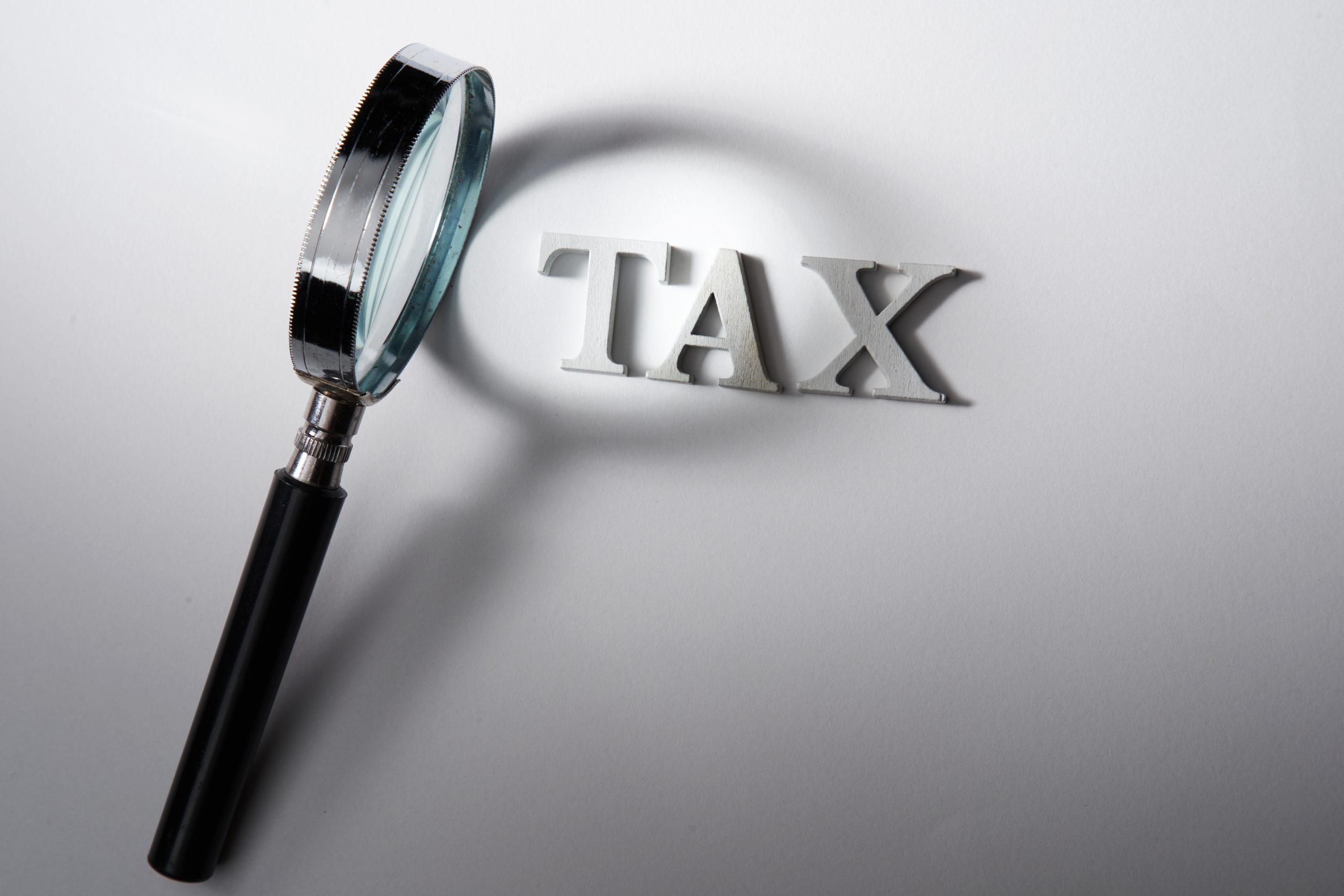When running a business there are many responsibilities to consider, none quite as important as financial obligations. Companies who employ workers will have to deal with payroll, which includes a variety of regulations regarding taxes. The process can be complicated and you could be forgiven for feeling overwhelmed, particularly those who are new to this specific aspect of business. However, it’s important that business owners understand and adhere to these rules, not just for the benefit of their employee but also to safeguard the business itself.
With this in mind, what is expected from companies with employees and how do tax brackets affect this?
PAYE
Employers must utilise a Pay As You Earn or PAYE system, which allows HMRC to collect the correct tax and National Insurance from employees. In the majority of cases this process is automated, using specialised payroll software. Each employee will have their own tax code, dictating which deductions must be made from their salary.
As the name suggests, the PAYE system allows workers to pay their taxes over a longer-term period (the tax year), rather than in one lump sum.
Income Tax
One of the main taxes that employers will have to deal with is income tax. This is a relatively straightforward deduction paid to HMRC, with different rates according to level of income. The income tax rates for 2024/2025 are as follows:
-
Up to £12,570 – Personal Allowance, therefore no tax is paid on earning up to this amount.
-
£12,571 – £50,270- this is the Basic Rate of 20%.
-
£50,271 – £125,240 – this is the Higher Rate of 40%.
-
Over £125,240 – this is the Additional Rate of 45%.
It’s worth noting that those earning over £125,240, do not have access to the personal allowance. There are also other allowances to consider but these affect those who work in partnerships, limited companies or are self-employed and therefore aren’t relevant with PAYE.
National Insurance
Similarly, National Insurance or NI is another tax, deducted from the salary of employees and those who are self-employed. Whereas Income Tax goes straight to the government, NI is used to fund specific state benefits such as unemployment benefit and pensions, as well as others.
Those who are employed will be subject to Class 1 National Insurance and just like with Income Tax, there are different brackets according to salary.
-
Those earning under £12,570 will not need to pay any National Insurance.
-
Those earning between £12,570 and £50,270 will pay 8% on earnings between £242 and £967 per week.
-
Those earning over £50,270 will pay that same 8% on earning between £242 and £967, as well as 2% on any earnings over this amount.
Employers National Insurance
As well as collecting National Insurance from their workers, employers also have their own specific NI responsibilities. These are known as Secondary Class 1 NICs and are paid by the employer, on behalf of their employee. This rate is set at 13.8% of a worker’s gross annual salary but only when they earn over a specific amount. Specifically, over £175 per week or £758 per month. Secondary Class NIC’s do not need to be made for employees earning less than these amounts.
There’s also another NI responsibility for employers, known as Class 1a NICs. These are applicable when a business offers its employees taxable benefits or expenses, e.g. a company car. The amount due is calculated by multiplying the cash value of these expenses or benefits, by the rate of National Insurance, currently at 13.8%.
Running a business can be complicated at the best of times, even more so when you factor in financial implications such as tax. Fortunately, there is help available for those looking. The team at Taxation Investigation offer expert advice and services, including insight into tax brackets and how they affect employers and their responsibilities.
















